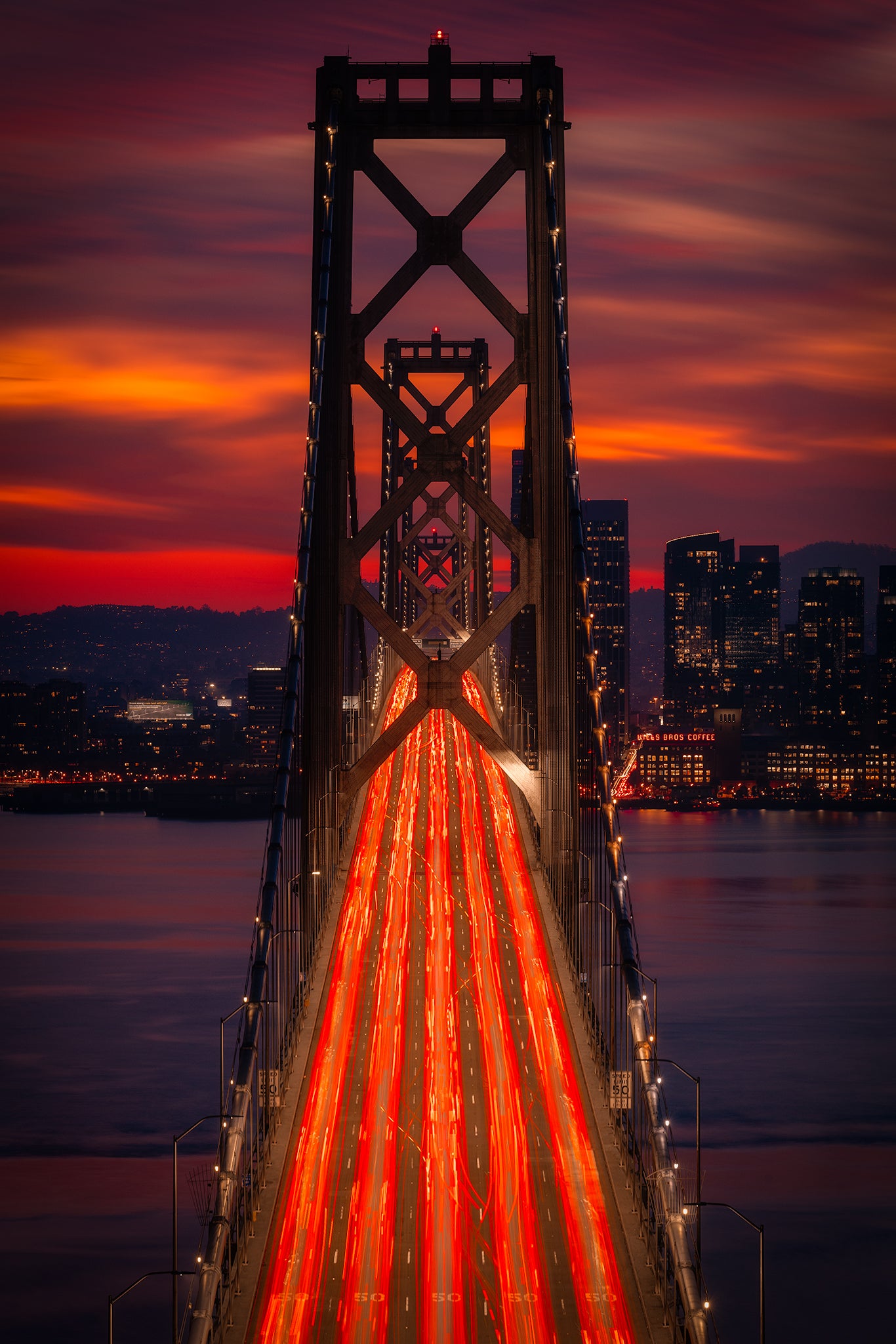
All of the arteries are leading there, so it does make perfect sense.”įalstad, of the Queen Anne’s Conservation Association, however, points to a study by AKRF, a Hanover, Md., engineering firm, that says the state study inflated the traffic numbers. “If you want to get to the Eastern Shore, the Western Shore, it's only one crossing point. “For 50 years, every access road and every main artery has been pointed to the Bay Bridge,” he said. Jim Moran, a Queen Anne’s County Commissioner, called the conclusion inevitable, pointing out that “all roads lead to Rome.” The study also found that building a third crossing elsewhere may take some of the traffic off the existing bridge, but not enough to make a real difference. And it is the shortest crossing that potentially resulting in the lowest overall environmental impact as well,” she said.

“It's the best diversion route for overall incident management. The study concluded the Route 50 corridor was the only one that wouldn’t require substantial new road building, wouldn’t hurt environmentally sensitive areas and wouldn’t lead to significant land use changes on the Eastern Shore.Īnd Heather Lowe, the authority’s project manager said it would be more effective in reducing back-ups. It excludes all of the other alternatives that should be looked at.”

“The corridor they picked is the same corridor that we have right now. “The corridor is locked in,” argued Bill Nevell, of the Broadneck Council of Communities, a coalition of community groups along the Route 50 corridor on the Western Shore. “They didn't consider a lot of the things that are being done to reduce traffic on the bridge,” added Anne Arundel County Executive Steuart Pittman, who pointed to the removal of toll booths and the switch to electronic tolling. It fails to focus on the environmental impact that a new bridge might cause,” complained Jay Falstad of the Queen Anne’s Conservation Association. “It fails to focus on the true traffic impacts to the bridge. It was a decision that raised the ire of stakeholders on both sides of the bridge. After looking at 14 potential corridors for that crossing from the top of the bay to just north of the Virginia line, the authority settled on the existing Route 50-301 corridor.

The study, he said, “will allow us to narrow down the options and identify the potential location for a new Chesapeake Bay crossing.”įive years and $5 million later, The Maryland Transportation Authority has completed that study. Larry Hogan announced a preliminary study for a third Chesapeake Bay crossing in hopes of relieving those inevitable weekend back-ups at the Bay Bridge.


 0 kommentar(er)
0 kommentar(er)
